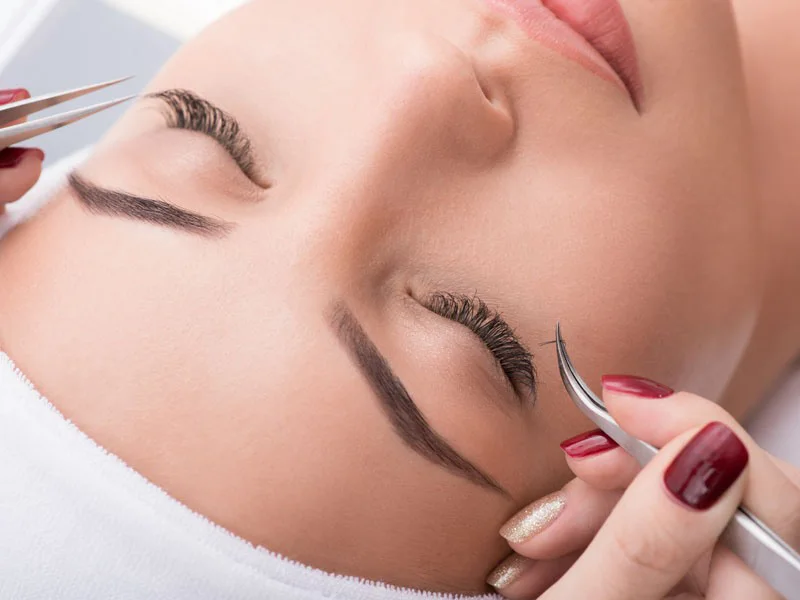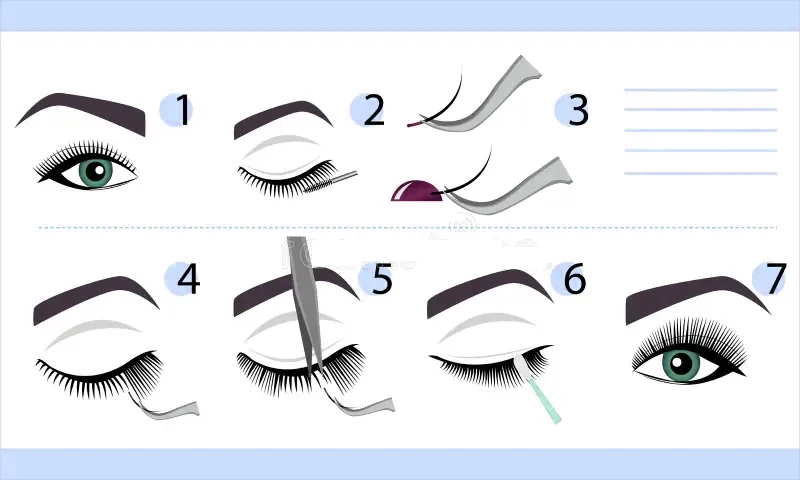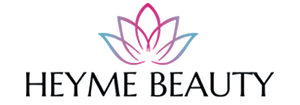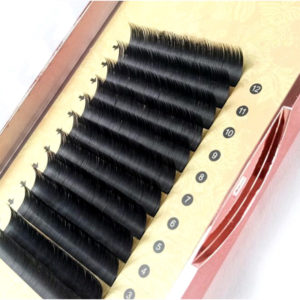![]()

Lash extensions are a popular beauty treatment that enhances the length, thickness, and fullness of natural eyelashes. For those interested in entering the lash industry, knowing how to do lash extensions is essential to providing quality service to clients. Whether you’re a beginner or an experienced lash artist, understanding the techniques, tools, and best practices will elevate your skills and help you succeed in this growing field.
In this guide, we’ll cover everything you need to know, from preparing for lash extensions to post-application care and tips for building a successful lash extension business. By the end of this article, you will have the knowledge and confidence to perform lash extension applications safely and professionally.
What Are Lash Extensions?
Lash extensions are semi-permanent fibers that are adhered to natural lashes using a specialized adhesive. They come in a variety of lengths, thicknesses, and curls, allowing for a customizable look. Lash extensions can create anything from a subtle, natural enhancement to a dramatic, voluminous effect.
Why Should You Learn How to Do Lash Extensions?
Learning how to apply lash extensions offers multiple benefits. Not only is the demand for lash services continuously growing, but it’s also an excellent way to expand your beauty skills and open up business opportunities. Lash extensions are popular among people who want to enhance their eyes without the daily hassle of applying mascara or falsies. Additionally, lash artists can charge premium rates for their services, making it a profitable endeavor.
Tools and Materials Needed for Lash Extensions
Before diving into the application process, it’s essential to have the right tools and materials. Here’s a list of what you’ll need to get started.
Eyelash Extensions (Classic, Volume, Hybrid)
There are several types of lash extensions to choose from:
- Classic lashes: One extension applied to one natural lash for a more natural look.
- Volume lashes: Multiple lightweight extensions applied to each natural lash for a fuller, more voluminous effect.
- Hybrid lashes: A mix of classic and volume lashes for a textured, multi-dimensional look.
Choosing the right type of lash extension depends on your client’s desired look and the natural condition of their lashes.
Adhesives and Gels
You’ll need a high-quality adhesive designed for lash extensions. Ensure that it is safe for use around the eyes and provides a strong bond. Additionally, lash gels are essential for prepping the natural lashes and ensuring the adhesive sticks properly.
Lash Trays, Tweezers, and Other Equipment
- Lash trays: These hold the individual lashes and come in various sizes and curls.
- Tweezers: Precision tweezers are necessary for isolating natural lashes and placing extensions.
- Tape and eye pads: These are used to secure the lower lashes and protect the delicate skin around the eyes.
Sanitizing Tools and Products
Sanitation is key to a safe and hygienic lash extension process. Use sanitizers to disinfect your tools and products, and always ensure your workspace is clean.
Preparing for Lash Extension Application
Proper preparation is crucial to achieving the best results and ensuring your client’s safety.
Importance of Clean Lashes and Skin
Before beginning, make sure your client’s natural lashes are clean and free from oils, makeup, or debris. Use a gentle lash cleanser or micellar water to remove any residue. Clean skin is equally important to avoid any irritation caused by the adhesive.
Setting Up Your Work Area
Ensure your work area is well-lit and organized. You’ll need a comfortable chair or bed for your client, as they may need to stay still for up to two hours. Have all your tools easily accessible and sanitized.
Preparing Your Client for the Procedure
Make your client feel comfortable by explaining the process and asking about their preferences. Discuss their desired look, including lash length, curl, and volume. It’s essential to manage expectations and ensure they understand the aftercare process.
Step-by-Step Guide to Applying Lash Extensions

Step 1: Choosing the Right Lashes for the Client
Select lash extensions that match your client’s natural lashes in terms of length, thickness, and curl. For a natural look, choose thinner lashes, while fuller lashes are better suited for clients desiring a more dramatic effect.
Step 2: Isolating Natural Lashes
Using your tweezers, isolate a single natural lash. This step is crucial to ensure that the extensions are applied correctly and don’t cause clumping or discomfort.
Step 3: Applying the Extensions
Dip the base of the lash extension into the adhesive and carefully apply it to the natural lash, ensuring it is positioned at the root. Be sure not to get adhesive on the client’s skin, as this could lead to irritation.
Step 4: Ensuring Proper Placement
Ensure the extension is properly aligned and secured before moving on to the next natural lash. Proper placement is vital for the lash extension to last and not cause any discomfort or damage to the natural lash.
Step 5: Tweaking and Adjusting Lashes
Once all the extensions are applied, step back and evaluate the look. Adjust any lashes that may be out of place or appear uneven to ensure symmetry and balance.
Tips for a Successful Lash Extension Application
- Avoiding Common Mistakes: Don’t apply too much adhesive, as this can lead to clumping. Avoid applying extensions to more than one natural lash at a time, as this can cause discomfort and damage to the natural lashes.
- Making Lashes Look Natural: To achieve a natural look, focus on using thinner lashes and lighter volume. Keep the extension lengths moderate to avoid an overly dramatic appearance.
- Managing Different Lash Curl Types: Different curl types (e.g., C curl, D curl) work for different eye shapes. For example, D curls work well for round eyes, while C curls are better for almond-shaped eyes.
Post-Application Care for Lash Extensions
Proper Aftercare for Longevity
It’s essential to guide your clients on proper aftercare to ensure their lash extensions last. Advise them to avoid getting their lashes wet for the first 24 hours, refrain from rubbing their eyes, and use oil-free makeup remover.
How to Prevent Lash Damage
Clients should avoid using eyelash curlers and be cautious when removing makeup to prevent damaging the extensions.
Recommended Products for Lash Care
Suggest gentle, oil-free cleansers and hydrating serums that are designed to keep the lashes clean without affecting the adhesive bond.
Common Issues with Lash Extensions and Solutions
What to Do If Lashes Fall Out
It’s natural for a few lashes to fall out during the shedding cycle of natural lashes. However, if too many fall out at once, suggest a refill appointment.
Fixing Uneven Lash Extensions
If a lash extension looks uneven, gently remove the extension and reapply it to ensure a symmetrical look.
Handling Allergic Reactions to Lash Glue
If a client has an allergic reaction to the adhesive, immediately remove the extensions and recommend a patch test for future sessions.
How to Do Lash Extensions at Home (DIY)
Can You Do Lash Extensions Yourself?
While it’s possible to do lash extensions at home, it’s not recommended unless you have proper training. DIY kits often lack the quality tools needed for a professional result, and there’s a risk of irritation or damage to your natural lashes.
What You Need for DIY Lash Extensions
If you choose to try lash extensions at home, make sure to buy a high-quality lash kit with professional-grade adhesive, tweezers, and a variety of lash styles.
Pros and Cons of DIY Lash Extensions
- Pros: More affordable, convenient.
- Cons: Risk of poor results, damage to natural lashes, and lack of professional expertise.
Client Consultation and Customization
Understanding Client Preferences
Each client has unique preferences when it comes to lash extensions. A thorough consultation ensures you provide the best possible service and create a personalized look.
Customizing Lash Length, Volume, and Curl
Customize each aspect of the lash extensions based on the client’s eye shape, lifestyle, and preferences. A combination of lash lengths and curls can provide a unique and flattering result.
Conclusion: Mastering the Art of Lash Extensions
Learning how to do lash extensions is a skill that requires practice, precision, and a keen eye for detail. By using the right tools, techniques, and aftercare advice, you can ensure that your clients leave satisfied and confident.
Whether you’re starting as a beginner or refining your skills, this guide offers a comprehensive approach to mastering lash extensions. With time and dedication, you can build a successful lash business and offer a valuable service that enhances the natural beauty of your clients.



